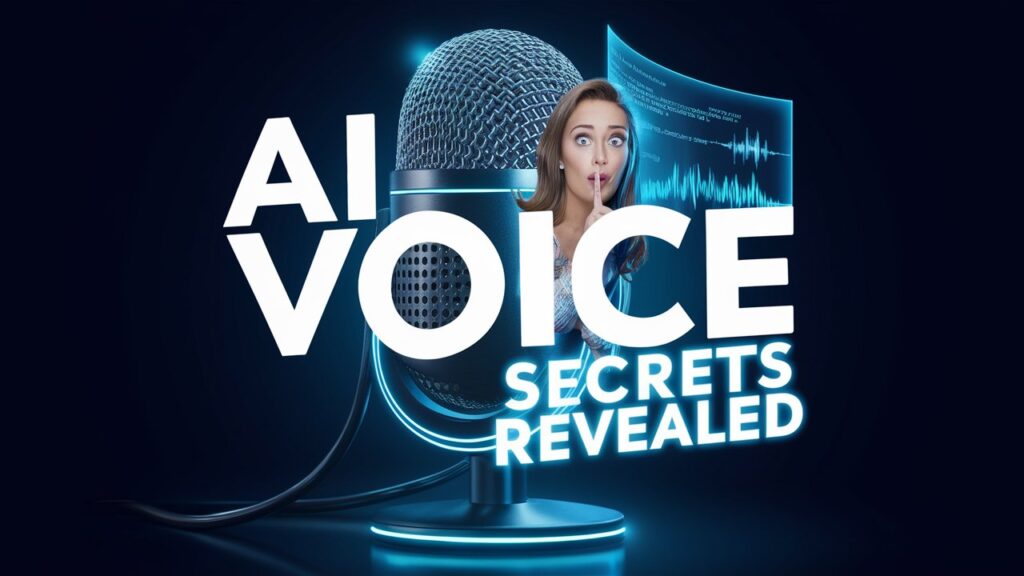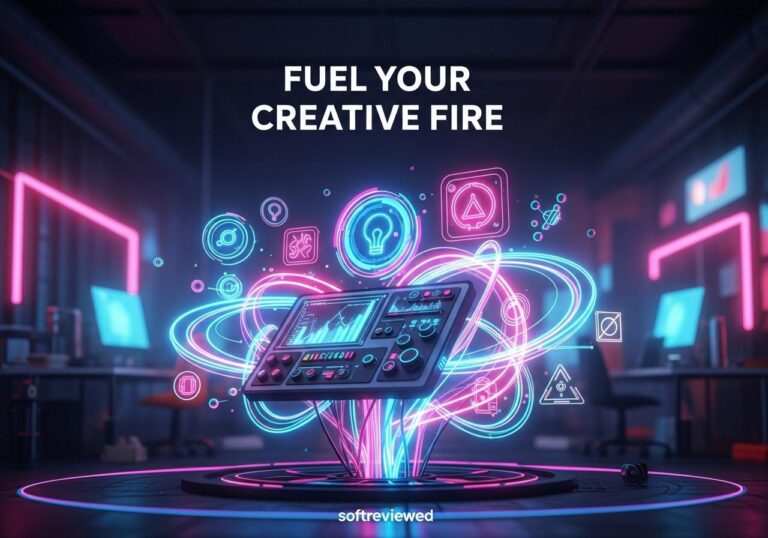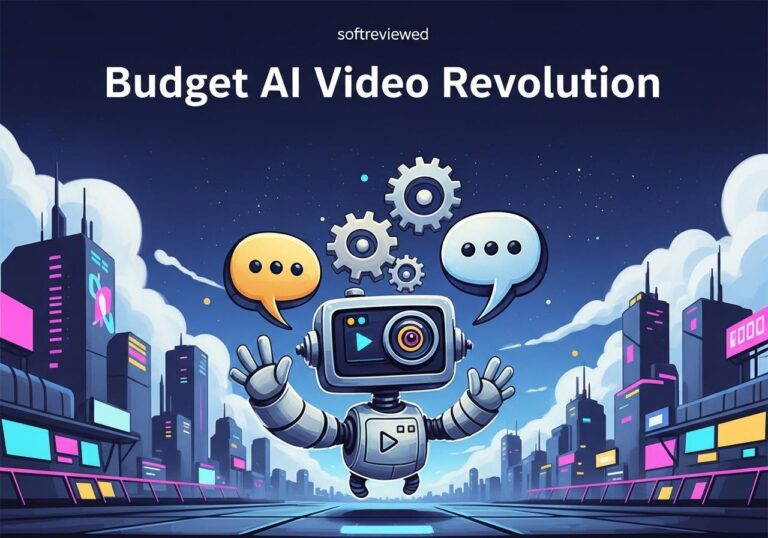Microsoft’s VALL-E 2: Key Takeaways
Explore the groundbreaking advancements and potential impacts of Microsoft’s latest text-to-speech AI system.
🏆 Achieved Human Parity
VALL-E 2 is the first text-to-speech system to reach human parity, matching human speech quality in benchmarks.
🧠 Innovative Features
Utilizes Repetition Aware Sampling and Grouped Code Modeling to improve efficiency and overcome limitations in speech synthesis.
⚠️ Potential Risks
VALL-E 2’s realism raises concerns about misuse, such as impersonation or voice cloning, leading to restricted public access.
💡 Applications Potential
Despite restrictions, VALL-E 2 has potential applications in education, entertainment, and accessibility, if properly safeguarded.
🤔 Ethical Concerns
Microsoft’s cautious approach reflects growing ethical dilemmas associated with advanced AI tools and their impact on content authenticity.
As AI continues to advance, balancing innovation with ethical considerations becomes increasingly crucial for responsible development and deployment.
How Does Microsoft’s AI Talent Acquisition Impact the Development of Projects Like VALL-E 2?
Microsoft’s AI talent acquisition is pivotal in driving innovative projects like VALL-E 2. By attracting top-tier professionals, the company enhances its capabilities in natural language processing and machine learning. However, this process faces challenges, including microsoft ai recruitment scrutiny, which ensures ethical standards and diversity in hiring practices.
The Next Frontier in AI Speech Technology: Microsoft’s VALL-E 2
In the fast-paced world of artificial intelligence, breakthroughs happen almost daily. However, some innovations are so groundbreaking that they raise important ethical questions. Microsoft’s latest creation, VALL-E 2, is one such innovation that has sparked intense debate in the tech community.
What is VALL-E 2?
VALL-E 2 is a cutting-edge AI text-to-speech system developed by Microsoft researchers. This advanced system can generate incredibly realistic human-like voices with just a few seconds of audio input. It’s a significant leap forward in text-to-speech (TTS) technology, pushing the boundaries of what’s possible in AI-generated speech.
Key Features of VALL-E 2:
- Repetition Aware Sampling: This feature helps avoid monotonous repetition in generated speech, making it sound more natural and human-like.
- Grouped Code Modeling: By processing shorter sound sequences, this technique boosts efficiency and improves the overall flow of the generated speech.
- Human Parity: VALL-E 2 achieves what Microsoft researchers call “human parity” in terms of speech robustness, naturalness, and speaker similarity.
The Ethical Dilemma
Despite its impressive capabilities, Microsoft has made the surprising decision not to release VALL-E 2 to the public. This move has garnered significant attention and sparked discussions across social media platforms, particularly on Twitter and Reddit.
Why the Hesitation?
The primary concern revolves around the potential for misuse. With its ability to convincingly mimic human voices, VALL-E 2 could potentially be used for:
- Voice Identification Spoofing: Malicious actors could use the technology to impersonate others, potentially leading to fraud or identity theft.
- Convincing Impersonations: The technology could be used to create deepfakes, spreading misinformation or manipulating public opinion.
The Broader Implications
Microsoft’s decision not to release VALL-E 2 reflects a growing trend among tech giants to exercise caution with AI releases. This approach underscores the importance of ethical considerations in AI development and deployment.
Potential Benefits of VALL-E 2
While the risks are significant, it’s important to consider the potential benefits of this technology:
- Enhanced Accessibility: VALL-E 2 could make synthesized speech more accessible for various applications, including education and entertainment.
- Improved Communication: The realistic speech generated by VALL-E 2 could facilitate better communication for individuals with speech disorders or language impairments.
- Advancements in AI Research: The development of VALL-E 2 pushes the boundaries of what’s possible in AI, potentially leading to further innovations in the field.
Potential Risks and Concerns
However, the potential risks cannot be overlooked:
- Deepfakes and Misinformation: The technology could be used to create convincing audio deepfakes, spreading misinformation at an unprecedented scale.
- Privacy Concerns: There are concerns about how voice data might be collected and used to train such systems.
- Erosion of Trust: Widespread use of such technology could lead to a general erosion of trust in digital communications.
The Industry Response
Microsoft’s cautious approach with VALL-E 2 has been met with mixed reactions in the tech industry. Some praise the company for its responsible stance, while others argue that withholding such technology could hinder progress.
Quotes from Industry Experts
“VALL-E 2 is the first voice AI to reach human parity in speech robustness, naturalness, and speaker similarity.” – Microsoft researchers
This statement highlights the significant achievement that VALL-E 2 represents in the field of AI-generated speech.
The Future of AI Speech Technology
While VALL-E 2 may not be available to the public, its development signals exciting possibilities for the future of AI speech technology. However, it also raises important questions about how we should develop and deploy such powerful AI tools.
Potential Future Applications
Despite the current restrictions on VALL-E 2, researchers envision several safe and ethical applications for this technology:
- Personalized Digital Assistants: With proper consent, AI assistants could adopt the voices of loved ones, creating a more personal and comforting user experience.
- Enhanced Audiobook Narration: Authors could narrate their own books using AI, even if they’re unable to do so physically.
- Improved Dubbing for International Media: Films and TV shows could be dubbed more naturally into different languages, preserving the original actors’ vocal characteristics.
The Road Ahead: Balancing Innovation and Ethics
The development of VALL-E 2 and Microsoft’s subsequent decision not to release it publicly highlights a crucial challenge in AI development: balancing innovation with ethical considerations.
Key Challenges:
- Regulatory Frameworks: As AI technology advances, there’s a growing need for comprehensive regulatory frameworks to guide its development and deployment.
- Ethical AI Development: Companies and researchers must prioritize ethical considerations throughout the AI development process.
- Public Trust: Maintaining public trust in AI technologies is crucial for their acceptance and adoption.
Conclusion: A New Era of Responsible AI Development

Microsoft’s approach to VALL-E 2 marks a significant moment in the history of AI development. It demonstrates a growing awareness of the potential risks associated with powerful AI technologies and a willingness to prioritize ethical considerations over immediate commercial gain.
As we move forward, it’s clear that the development of AI technologies like VALL-E 2 will continue to push the boundaries of what’s possible. However, this progress must be balanced with careful consideration of the ethical implications and potential societal impacts. As these advancements unfold, it is crucial to establish regulations and frameworks that ensure responsible usage and mitigate any unintended consequences. For instance, innovations like Google’s AI in Olympic broadcasts demonstrate the transformative power of AI in enhancing viewer experiences, but they also raise questions about data privacy and automation’s effect on human employment. Striking the right balance between innovation and ethical responsibility will be key to fostering a future where AI benefits society as a whole.
The story of VALL-E 2 serves as a reminder that with great power comes great responsibility. As AI continues to advance, it’s up to developers, policymakers, and society as a whole to ensure that these powerful tools are used for the benefit of humanity, with appropriate safeguards in place to prevent misuse.
Ultimately, the goal should be to harness the incredible potential of AI while mitigating its risks. This balanced approach will be crucial in shaping a future where AI enhances our lives without compromising our values or security.
FAQs About VALL-E 2 and AI Speech Technology
- Q: What makes VALL-E 2 different from other text-to-speech systems?
A: VALL-E 2 stands out for its ability to generate highly realistic human-like voices with just a few seconds of audio input, achieving what Microsoft calls “human parity” in speech robustness, naturalness, and speaker similarity. - Q: Why did Microsoft decide not to release VALL-E 2 to the public?
A: Microsoft’s decision was primarily driven by ethical concerns, particularly the potential for misuse in creating convincing voice impersonations and deepfakes. - Q: What are some potential positive applications of VALL-E 2 technology?
A: If used responsibly, VALL-E 2 could enhance accessibility in various fields, improve communication for those with speech disorders, and advance AI research.
- Q: What are the main ethical concerns surrounding AI voice technology like VALL-E 2?
A: The primary concerns include the potential for voice identification spoofing, creation of convincing deepfakes, privacy issues related to voice data collection, and the erosion of trust in digital communications. - Q: How might the development of technologies like VALL-E 2 impact future AI regulations?
A: The ethical concerns raised by VALL-E 2 may lead to stricter regulations and guidelines for the development and deployment of advanced AI technologies, particularly those with potential for misuse.
As we continue to navigate the complex landscape of AI development, stories like that of VALL-E 2 serve as important case studies in responsible innovation. They remind us of the need to carefully consider the implications of our technological advancements and to always prioritize the well-being of society in our pursuit of progress.







